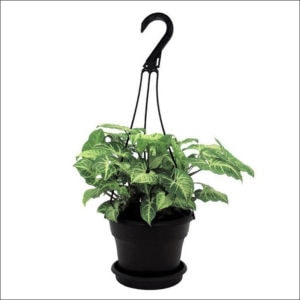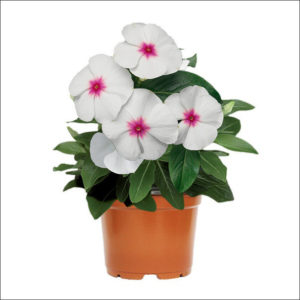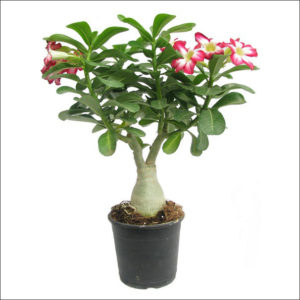Description
Shevanti, Chrysanthemum Plant
Each Shevanti (Chrysanthemum) flower head is actually a cluster of many flowers, composed of a central group of short disk flowers surrounded by rings of longer ray flowers. Chrysanthemums are classified into nine categories according to the type and arrangement of disk and ray flowers – Incurved, Reflexed, Intermediate, Late Flowering Anemones, Singles, Pompons, Sprays, Spiders/Spoons/Quills, Charms and Cascades. For example, the ‘reflexed’ Chrysanthemum consists of ray flowers that curve downward into an umbrella shape; the ‘quill’ has tubular ray flowers that radiate from the center of the head.
Planting and care
- After the transplants, the Chrysanthemum beds should be weeded, hoed and watered regularly. In some cases staking of Chrysanthemum plants is necessary.
- After a few weeks, the Chrysanthemum seedlings are pinched to make them bushy.
- Fertilize when the plants are ready for blooming and discontinue fertilizing after flower buds are formed.
- A careful check should be made to detect diseases or insect/pests and prompt control measures should be adopted to control them.
- The faded Chrysanthemum blooms should be removed regularly as it helps prolong flowering.
- Chrysanthemums are susceptible to aphids and plant bugs, leaf spot and stunt, and foliar nematodes. However, Chrysanthemums benefit from winter protection.Chrysanthemums are not specific to any season. Chrysanthemum plants can be grown in any kind of soil, but they require a sunny weather for best performance.
Chrysanthemum seeds are sown in those areas which experience low rainfall during the rainy season.
Chrysanthemums are easy to be grown and are propagated by the division of roots, cuttings, and seeds. Usually, the Chrysanthemum seedlings are transplanted after about a month of sowing. But sometimes seeds can also be sown directly in site and seedlings thin out after germination.
Chrysanthemum plants flower in about three months after sowing. Chrysanthemums have a long flowering period.
Sunlight Shevanti plant needs full sun. Watering Water plant once in a week. Soil It requires well-drained soil. Temperature Temperature ranging from 20 to 27 degrees C






Reviews
There are no reviews yet.